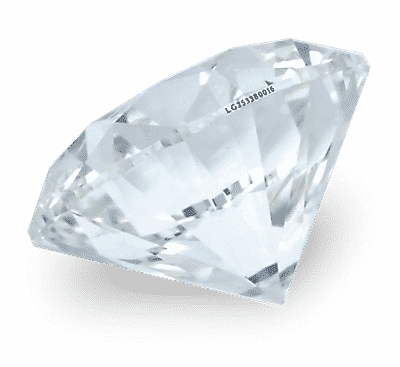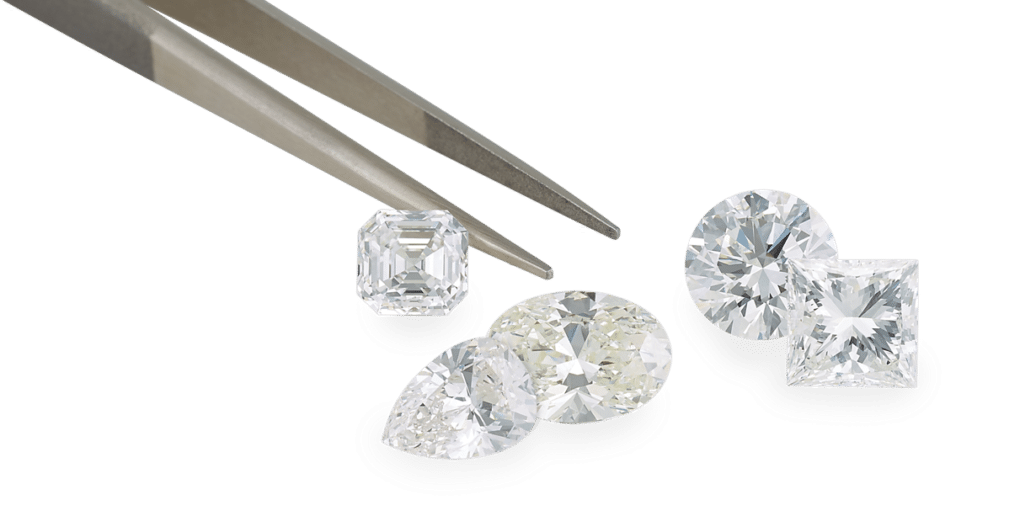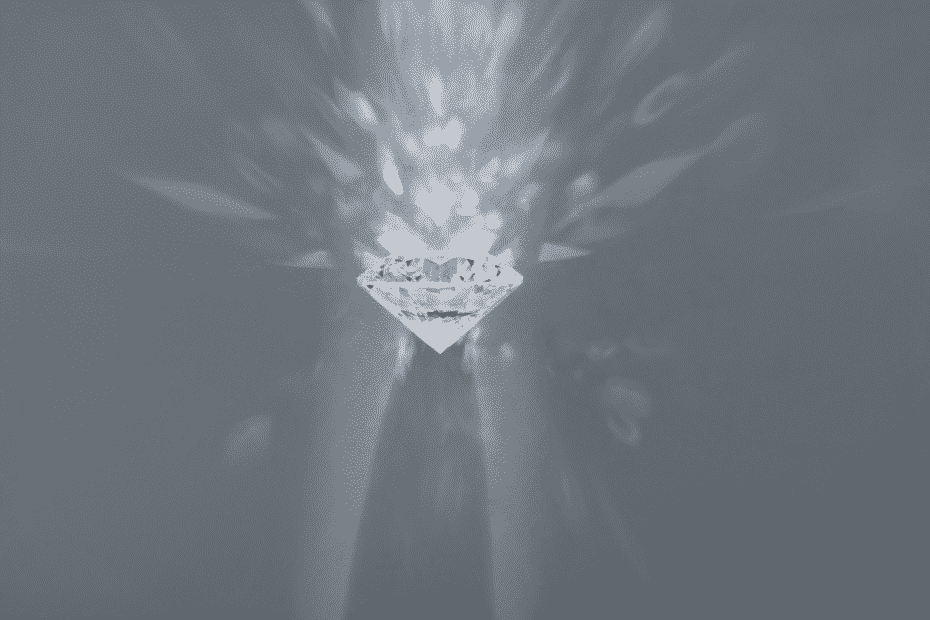Lab-grown diamonds are an increasingly popular, attractively priced center stone option. In the past few years, there has been a growing trend in bridal jewelry toward the interest and acceptance of lab-grown diamonds.
Lab-grown diamonds got their start in the ‘50s with General Electric — yes, the power company. Although General Electric pioneered lab-grown diamonds, they grew these diamonds through just one process. Today, there are two and we will break that down next.
While it is virtually impossible to spot lab-grown diamonds by eye, and very specialized equipment is needed to test for one, the growing process will leave behind evidence of any diamond’s true origin.

Diamonds Types
Natural diamonds built the industry, and you can say they’re pretty timeless: they formed 1.0 to 3.5 billion years ago. Their age and their unrivaled cultural symbolism — “a diamond is forever” — support their long-standing appeal.
Based on their impurities, all diamonds are divided into two types:
Type I Diamonds
Type I diamonds contain nitrogen and account for 98% of natural diamonds. According to the cluster arrangement of those nitrogen atoms, this category is further subdivided into two types: Type 1a and Type 1b.
- Type 1a diamonds are plentiful, and their color varies from near-colorless to light yellow.
- Type 1b diamonds are rare and typically strong yellow in color.
Type II Diamonds
This might be a bit technical for some, but for our jewelry and geology nerds, Type II diamonds have no measurable level of nitrogen and account for only 2% of natural diamonds. Then, they are further subdivided. If containing boron, diamonds are Type IIb. If not, they are Type IIa.
- Type IIa diamonds have no measurable levels of nitrogen or boron. They are usually colorless but also come in shades of light brown. Many of the world’s historical diamonds — like the Cullinan and the Koh-i-Noor — are type IIa.
- Type IIb diamonds — unlike all other types — conduct electricity and exhibit beautiful blue or blue-gray shades due to the presence of boron. The Hope Diamond is the most famous type IIb diamond. *NOTE: Some IIb diamonds with trace amounts of boron remain colorless, yet still conduct electricity. Likewise, Moissanite is electrically conductive.
That’s quite a range for diamonds to fall into, but what about lab-grown diamonds? As it turns out, they play by slightly different rules — solely thanks to the method in which they’re grown.
Find Your Lab-Grown Diamond Here
Inventory refreshed daily. In-person previews are available.
Lab-Grown Diamonds
Lab-grown diamonds have the same optical, physical, and chemical properties as natural diamonds. Unlike natural diamonds, which can be either type I or type II, all colorless lab-grown diamonds are type II.

Chemical Vapor Deposition (CVD)
The CVD process was invented first— in 1952 by William Eversole at Union Carbide. This process allows diamonds to grow in an entirely different way than the HPHT process. CVD starts with a natural diamond slice (or seed) placed in a chamber and exposed to less extreme temperatures (approximately 1,200–3,000 degrees Fahrenheit) and lower pressure (100 – 550 PSI).
Recent advancements have made this growth process more advantageous. Methane and hydrogen gas are injected into the chamber and combined with high heat. The electrons separate, forming plasma gas. The freed carbon then rains down on the seed, growing new diamond crystals. Typically, this process produces brown or gray diamonds, which are turned colorless through an HPHT annealing process. This process takes several days to a few weeks.
High-Pressure High-Temperature (HPHT)
The HPHT process grows diamonds using diamond presses, machines that mimic the extreme conditions that form diamonds within Earth’s upper mantle: intense pressure (725,000 – 870,000 PSI) and intense heat (2,300–2,900 degrees Fahrenheit). In this process, diamond source powder dissolves in molten metal flux and deposits on diamond seed crystals.
This process dates back to 1954. By the 1970s, General Electric started commercially producing “gem-quality” HPHT lab-grown diamonds. In the following years, General Electric and other companies grew larger sizes of non-gem-quality diamonds strictly for industrial use. Since then, HPHT technology has come a long way, now growing lab-grown diamonds for use in jewelry. This process takes several days to a few weeks.
Lab-grown diamonds are available for the LaProng DIY Wedding Jewelry workshops. We offer a wide variety of Lab Grown diamonds. Browse our online catalog here or schedule a FREE design consultation
Content provided by H Chustz a Director of Diamond Merchandising at Stuller

